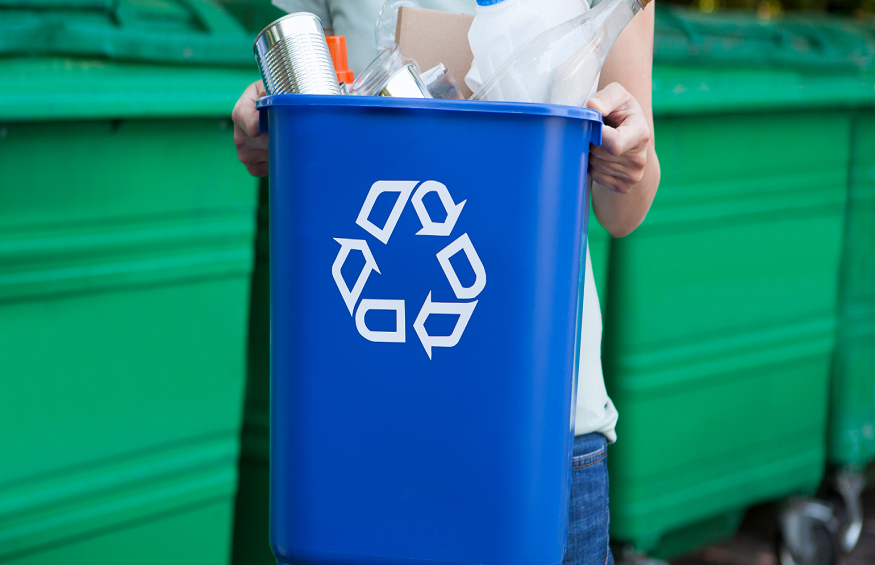Healthcare settings are responsible for the disposal of a wide variety of hazardous and non-hazardous waste materials. Proper waste clearance and disposal is essential to ensure that these materials do not pose a risk to public health or the environment. In addition, proper waste management can help reduce costs associated with healthcare services.
The most common types of medical waste generated in healthcare settings include sharps (needles, syringes, scalpels), pharmaceuticals, biological material (blood and body fluids), radioactive material, chemicals used in laboratories and other hazardous substances. All of these materials must be disposed of properly according to local regulations in order to prevent contamination or injury from exposure.
Inadequate disposal practices can lead to serious consequences such as environmental pollution, spread of infectious diseases, increased risk for workers handling the waste materials and potential legal action against the facility if regulations are not followed correctly. It is therefore important that all staff members understand their responsibilities when it comes to proper waste clearance and disposal procedures.
For safe handling and disposal of medical wastes in healthcare settings there should be clear policies outlining how each type of material should be handled as well as regular training sessions for staff on safety protocols related to medical wastes. Additionally, facilities should have appropriate containers available for storing different types of wastes until they can be collected by an authorized service provider who will dispose them offsite according to applicable laws and regulations.
Hazardous waste, such as chemicals and radioactive materials, can cause harm to people and the environment if not disposed of correctly. Infectious waste, such as medical equipment and biological waste, can transmit diseases to patients, staff, and the public. Non-infectious waste, such as packaging materials and food waste, can also contribute to the spread of disease by providing a breeding ground for bacteria and other pathogens.
Proper waste clearance and disposal in healthcare settings involve the following practices:
- Segregation: Healthcare waste should be segregated into different categories based on its type and potential harm. This includes hazardous waste, infectious waste, and non-infectious waste.
- Packaging: Healthcare waste should be packaged in the appropriate containers that are designed for the specific type of waste. For example, sharps waste should be placed in puncture-resistant containers, while infectious waste should be placed in leak-proof bags.
- Storage: Healthcare waste should be stored in designated areas that are secure, locked, and inaccessible to the public. These areas should be well-ventilated and designed to prevent the accumulation of waste.
- Transportation: Healthcare waste should be transported to the disposal facility in vehicles that are designed for the specific type of waste. The vehicles should be labeled appropriately and operated by trained personnel.
- Disposal: Healthcare waste should be disposed of in facilities that are licensed and authorized to handle the specific type of waste. The disposal method should comply with local regulations and guidelines.
Proper waste clearance and disposal in healthcare settings not only protect the health and safety of patients, staff, and the public, but also protect the environment. It is the responsibility of healthcare facilities to ensure that all waste materials are handled and disposed of correctly to minimize the risk of disease transmission and environmental contamination.

